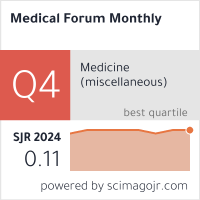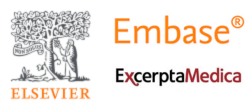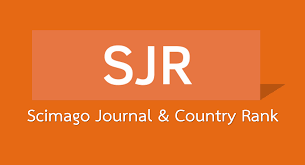Complications of LigasureTM Haemorrhoidectomy: An Experience of 144 Cases
Abstract
Objective: The aim of this study is to determine various complications of ligaSureTM haemorrhoidectomy during the learning curve in a tertiary care hospital.
Study Design: Prospective descriptive study.
Place and Duration of Study: This study was conducted at the Department of General Surgery at Social Security Teaching Hospital Islamabad from March 2017 to September 2019.
Materials and Methods: The patients having age more than 12 years with grade III and IV haemorrhoids admitted through OPD were included in this study. The patients with recurrent disease, associated perianal pathology like anal stenosis, fistula in ano etc., deranged bleeding profile and patients with positive viral serology for hepatitis B or C were excluded. All the patients underwent ligaSureTM haemorrhoidectomy. All the complications associated with the LigaSureTM haemorrhoidectomy were noted on a specified proforma. The data was analyzed by using SPSS 15 software.
Results: A Total of 144 patients participated in this study, 68.83% were males and 31.17% were females. Their mean age was being 44+5 years. The mean pain score on visual analog scale was 4.1. The next most common complication was bleeding (6.25%) followed by anal spasm (4.86%), and urinary retention (4.17%). Only two patients had wound infection which was managed conservatively by antibiotics and sitz bath. There was no incontinence and recurrences observed in the subsequent follow up after six months.
Conclusion LigaSure™ hemorrhoidectomy is not only safe and effective but also has less pain and reduced blood loss, and fewer other complications. Technically it is much simpler because it is sutureless and hemostasis can be easily achieved.
































 This work is licensed under a
This work is licensed under a 